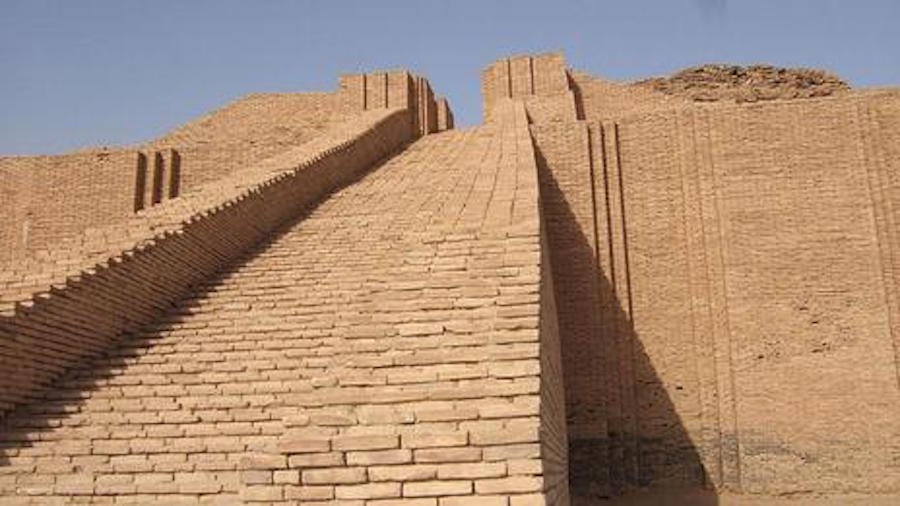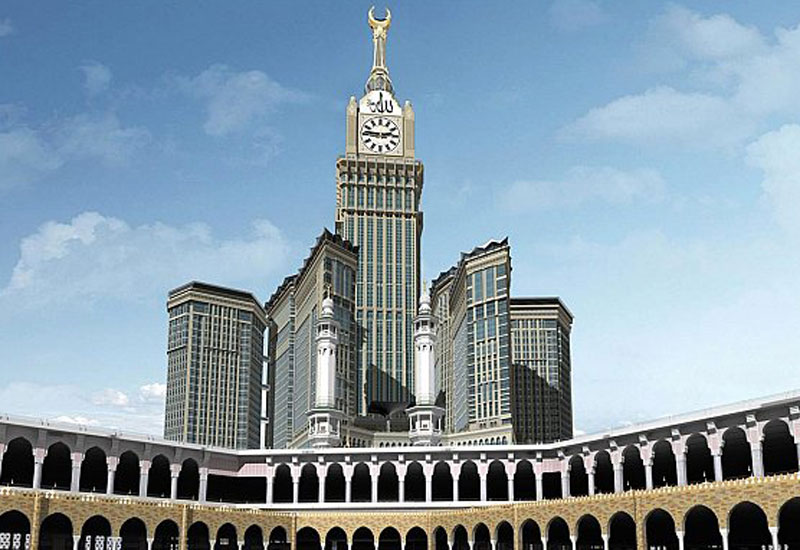Dubai’s Burj Khalifa is the tallest building in the world, but it may be eclipsed soon. What’s behind architects’ skyward push? Jonathan Glancey takes a look.

The name of the new building, designed by David Childs of Skidmore Owings Merrill (SOM), was to have been ‘Freedom Tower’. This, after all, was the monumental skyscraper – the first designs were by Daniel Libeskind – commissioned to take the place of the Twin Towers destroyed by a terrorist attack executed by men who believe neither in life, liberty nor happiness.
The new World Trade Center was also renamed to re-establish the idea that New York is one of the most important hubs of global trade, and because, as President Calvin Coolidge told the Society of American Newspaper Editors in January 1925, “the chief business of the American people is business”. He added, “Of course, the accumulation of wealth cannot be justified as the chief end of existence. But we are compelled to recognise it as a means to well-nigh every desirable achievement.”
From our partners:

It was this fusion of newly accumulated wealth and a belief in something beyond material existence that forged the world’s first determinedly tall buildings. As far as we know, these were the baked mud-brick ziggurats of Sumeria, rising between the twin rivers Tigris and Euphrates in what was once Mesopotamia, and is southern Iraq today. The desire to reach for the sky while celebrating both wealth and the gods (or God), combined with the inexhaustible ambition of masons and architects, led to the pyramids of ancient Egypt, the spires of medieval cathedrals and to skyscrapers sprouting from the streets of Chicago and New York in the late 19th Century when steel frames and safe lifts, or elevators, made living and working 1,000ft (305m) above the ground a perfectly sane and profitable reality.
Touching the sky
Today, the world’s tallest building, the Burj Khalifa, is in the Middle East, the pinnacle of a society that worships a single god and is adept at trade, too. This elongated, latter day Tower of Babel is 828m (2,722ft) high. From its vertiginous viewing galleries visitors look down on the great commercial city spread below them and across to the seemingly boundless dunes of the Empty Quarter, a shifting sea of sand evoking a world before the very first ziggurat.
And, as if to reinforce the point that towers and trade bring peoples together, the Burj Khalifa was designed by SOM, architects of One World Trade Center.

Chicago’s Willis Tower was the tallest building in the western hemisphere from 1973 to 2014 and built the by same design firm behind One World Trade Center.
There are, though, other reasons to build so very high, and competition is perhaps chief among them. When the Twin Towers of the World Trade Center, designed by the Japanese-American architect Minoru Yamasaki were completed in 1971, they were the tallest buildings in the United States. Not for long. In 1973, SOM completed the Sears Tower (now the Willis Tower) in Chicago, at 1,451-ft (442m), a good 100ft taller than the Manhattan monoliths. New York and Chicago have long been commercial rivals: the race to see which of them could build higher than the other has been going on since the mid-19th Century.
The final frontier?
For many decades, the tallest building not just in the United States but in the world was the Empire State Building. Rising above midtown Manhattan during the Great Depression of the 1930s, it was a symbol of better days to come. It even survived an aircraft crashing into it – a B-25 Mitchell bomber lost in fog – in July 1945. At a press conference held in Chicago in October 1956, Frank Lloyd Wright unveiled his design for The Illinois, a mile-high skyscraper that would have been the biggest snub yet to New York. It was, however, beyond even the braggadocio of the Windy City’s biggest banks and developers. It never happened.
And yet, despite talk that after 9/11 the skyscraper would wilt and die, countries around the world are flexing their economic muscle and, as they do so, investing in ever taller buildings. Today, the People’s Republic of China boasts hundreds of skyscrapers (usually defined as buildings more than 500ft (152 m) tall. The skyline of Pudong, Shanghai’s new commercial centre, is a forest of extravagant skyscrapers and when it opens in 2015, the twisting Shanghai Tower, designed by the US firm Gensler, with Jun Xia, as lead architect, will be the world’s second tallest building at 2,073ft (632m).
The Chinese are likely to want to go much higher than this. Oil-rich Middle Eastern states, kingdoms and emirates are competing with China, while other countries keen to display newfound wealth have joined in this slightly inane numbers game. Where will it all end? Significantly, perhaps, the tallest new building in Russia is named after a space rocket. This is Moscow’s Vostok Tower (1,224-ft; 373m) due to open in 2015.

After the Burj Khalifa and the Shanghai Tower, the world’s third tallest building is the Mecca Royal Hotel Clock Tower, a mixed-purpose skyscraper complete with a vast, four-sided clockface, that looms over the Grand Mosque and the Kaaba, one of Islam’s holiest sites, said to have been built by Ibrahim (Abraham). The Mecca tower, designed by Dar Al-Handasah architects, is 1,972ft (601m) high. Clearly, the upward look to the heavens, along with ambition, competition and trade, remain the driving forces behind a building type that will aim ever higher in the 21st Century and beyond.
This feature is written by Jonathan Glancey and adopted from BBC.













